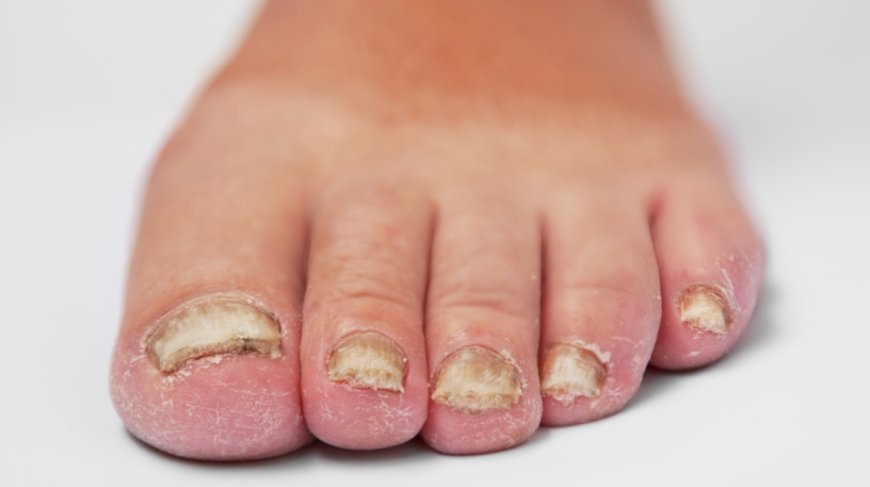Nail Fungus
Nail fungus, also known as onychomycosis, is a common issue affecting the nails of millions of people across the globe.

Nail fungus, also known as onychomycosis, is a common issue affecting the nails of millions of people across the globe.
It is a type of infection caused by certain types of fungi, which can affect both fingernails and toenails. Nail fungus can not only be visibly unappealing but can also bring forth some uncomfortable symptoms and cause more serious complications if left untreated for a prolonged period.
Symptoms of Nail Fungus
Nail fungus typically starts out as a white/yellow spot under the tip of the affected nail. As the infection progresses, nail fungus can cause the affected nail or nails to thicken, turn yellow, and become brittle or split. White-gray patches may appear on the affected nails, and the space between the nail and its nail bed may begin to accumulate dirt and debris. Nail fungus can also cause the surrounding skin to become red and inflamed.
Risk Factors There are certain risk factors that contribute to a person’s chances of developing nail fungus, such as:
• Poor hygiene • Reduced blood circulation • Wearing tight shoes • Swimming in contaminated areas • Sweating heavily • Prolonged illness • Diabetes • Older age • A weakened immune system
Diagnosis In most cases, a doctor can diagnose nail fungus simply by doing a physical examination of the affected area. In some cases, a doctor may need to take a sample of the nail to be tested in a lab to confirm the diagnosis.
Treatment There are a variety of ways to treat nail fungus, ranging from home remedies to prescription medications.
• Home remedies – Home remedies such as soaking the affected area in vinegar or hydrogen peroxide, and applying topical antifungal creams and ointments, can help get rid of nail fungus. • Prescription medications – A doctor may prescribe oral antifungal medications, such as terbinafine or itraconazole. These medications must be taken for several weeks to several months and, depending on the severity of the infection, may not completely cure the problem.
Prevention Because nail fungus is a contagious infection, it is important to practice good foot hygiene and take measures to prevent the spread of the infection.
• Wash your feet regularly and thoroughly. • Wear shoes that allow for your feet to breathe. • Avoid going barefoot in public showers, locker rooms, and other wet areas. • Disinfecting your nail tools regularly. • Toenails should be trimmed regularly, and not too short. • Keep your feet dry and avoid excessive sweating.
Nail fungus is a common infection that can cause unpleasant symptoms and more serious complications if left untreated. Although there are a variety of treatments available, from home remedies to prescription medications, the most important step that you can take is to practice good hygiene and preventive measure to keep the infection from spreading. If you suspect that you may have nail fungus, it is best to consult a doctor to get the proper diagnosis and treatment.
